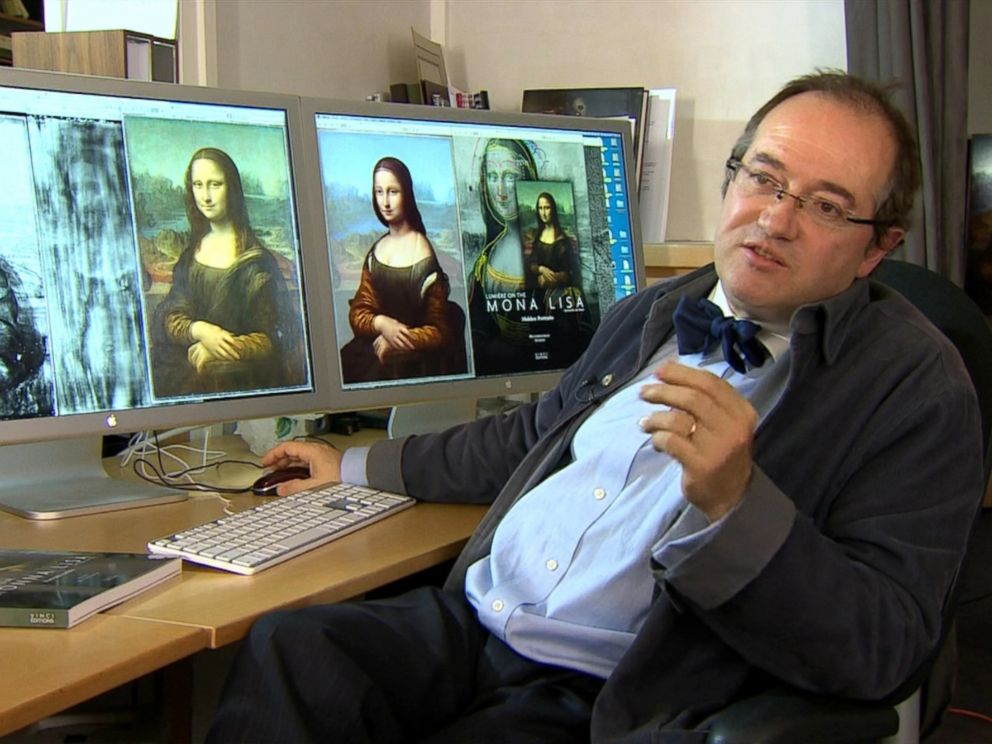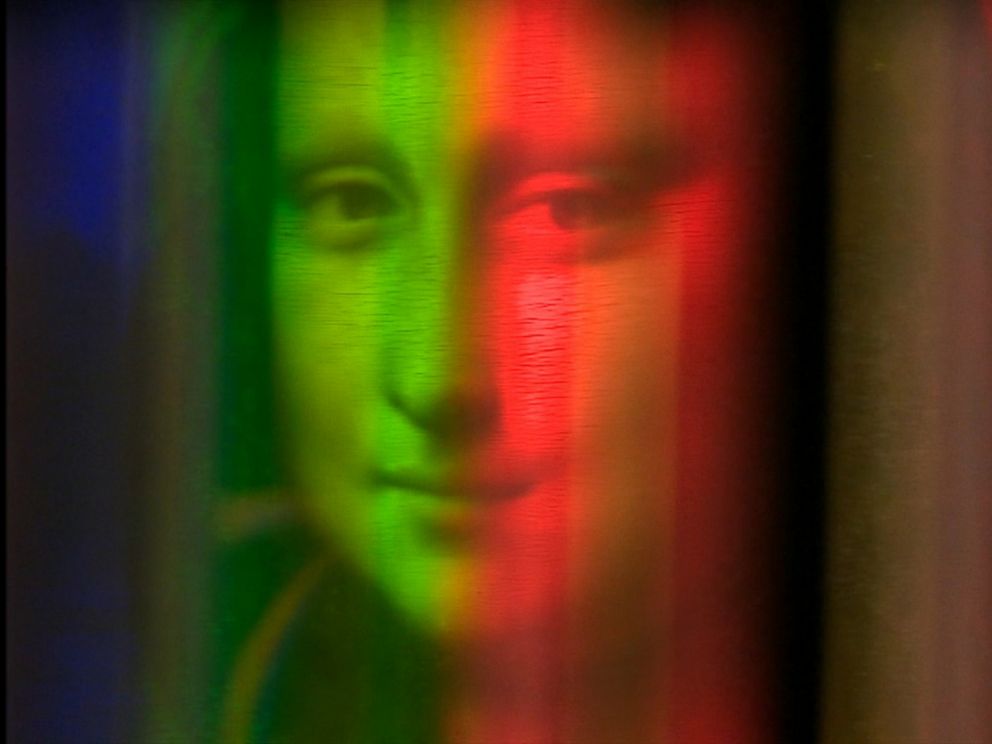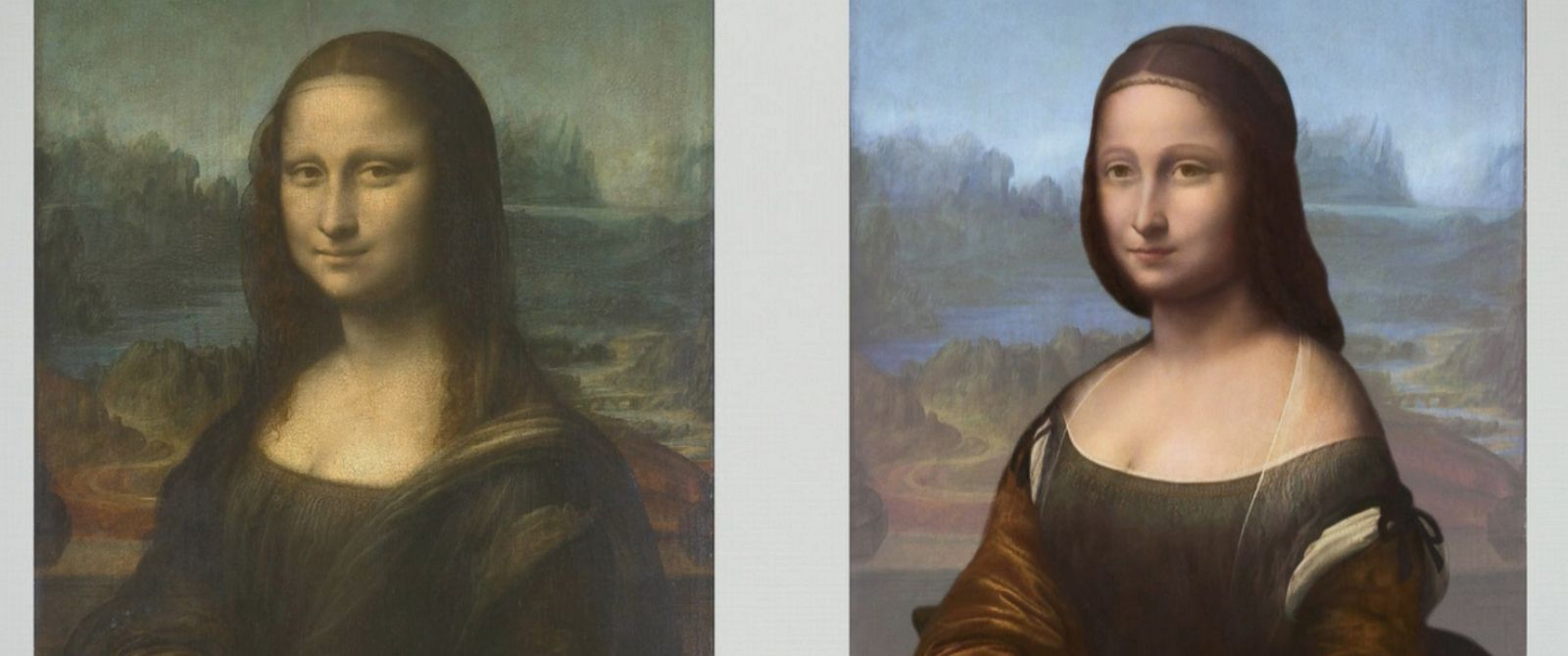PROFESSIONAL PRACTICES FOR ARTISTS
Adopted by the CAA Board of Directors on February 2, 1977; revised on October 23, 2011.
Introduction
The College Art Association first adopted a set of Professional Practices for Artists in 1977. These guidelines are intended to advance the interest of artists by providing general ethical and professional best practices as well as a providing a pedagogical role.
The guidelines are organized into six sections:
- Artist Code of Ethics
- Recommendations on the Safe Use of Materials and Equipment
- Recommended Use of Copyright Notice
- Employment of Studio Assistants
- Exhibition and Sale of Artwork
- Contracts for Public and Private Art Commission
I. Artist Code of Ethics
Because of the broad range of artists’ approaches and practices, a universal code of ethical conduct for artists, while potentially useful, is problematic. While art may support or affirm conventional behaviors and community standards, artists highly value their ability to challenge, criticize, and transgress those standards. Key elements in the professional codes for many disciplines include honesty, integrity in business dealings, civility, obeying laws and regulations, disclosure of conflicts of interest, truth in labeling, individual accountability for professional acts (“do no harm”), and the articulation and communication of personal and professional judgments. While applicable in many contexts, these elements potentially limit legitimate artistic expression and therefore should not be enshrined in a universally applicable, CAA-sanctioned Artist Code of Ethics.
Nevertheless, the professional and academic communities expect artists to honor contracts into which they voluntarily enter, to be aware of the time-specific expectations and deadlines, and to understand the financial terms and other stated expectations. The work that artists produce for the marketplace should be the distinctive result of their own creative efforts, even though other collaborators may have contributed to the physical production of the work. Artists must be mindful of, and disclose to their viewers, any physical danger associated with a work. Artists must be ethically free to ignore limits established by legal authorities but should not expect immunity from sanctions resulting from their choices. Artists must be responsible and accountable for their actions as they pursue their efforts to create manifestations of their humanity.
II. Recommendations on the Safe Use of Materials and Equipment
CAA believes that artists should educate themselves on the safe use of materials and equipment and vigilantly promote such practices to their assistants, their students, and their audiences.
Art materials and equipment can pose chemical, kinetic, or radiation threats to the health of artists and to those who live and work in artists’ environments. Artists can avoid or greatly minimize these threats with education and with careful management of their work environment. Artists are responsible not only for their own health, but also for the health of everyone they hire or work with, and of all who live or stay with them.
Chemical hazards can enter the body through the lungs, skin, or digestive tract. These hazards include solvents, dust, acids, sprayed materials, fumes, and so on. Kinetic hazards are repetitive motions that can stress the body, whether from extended sessions of hammering or from long hours at the computer. Many forms of computer-based technology also present radiation hazards. Artists should also protect their hearing from loud tools, machines, or processes.
The level of toxicity, the length of exposure, the age of the artist, and his or her general health can all affect how any one individual may react to any health hazard. Immediate and severe hazards are usually quickly identified. More insidious is the long-term exposure to low levels of dust, noise, and certain solvents or chemicals, which may produce symptoms of mild but chronic headaches, dizziness, fatigue, nausea, coughing, hearing loss, organ dysfunction, or skin irritation.
Any professional studio or educational institution should ensure that its teachers, students, and workers are afforded the same protection from exposure to hazardous materials, chemicals, and work conditions as is granted to other employees across the institution. At a minimum, institutions must be compliant with federal and state guidelines and other applicable laws.
CAA recommends that artists learn the potential hazards of all their materials and processes and be mindful of Occupational Safety and Health Administration (OSHA) labels and Material Safety Data Sheets (MSDS) for any supplies used to produce works of art.
Additionally, artists should incorporate sustainable practices into all art production and education. Sustainability goes beyond the health of the participant to include supporting the health of the planet. Artists and educators should be aware of issues of energy input, environmental burden, carbon footprint, and life-cycle analyses related to the materials and processes in the production, use, and disposal of materials employed in their work. CAA recommends that the art world make a continuing effort to minimize its contribution to pollution and waste, implementing sustainable practices whenever possible. Increased recycling, lowered volatile organic compound (VOC) production, local and regional sourcing of materials, and reduced used of petroleum-based materials are all starting points.
III. Recommended Use of Copyright Notice
Copyright is a set of exclusive rights granted by the law of a jurisdiction to the author or creator of an original work, including the right to copy, distribute, and adapt the work. Copyright provides legal protection for the owners of intellectual property to display and/or perform their work, reproduce their work, make and distribute copies, and create derivatives of the work. Ideas cannot be copyrighted.
CAA believes that artists should obtain stronger copyright protection for their own work and avoid infringing on the copyright of others. Artists own the copyright to their work as they create it and when it is finished, even if they do not register the work or affix the copyright notice or symbol (©) to it. If artists register their work with the US Copyright Office, they are further protected and have established a record of their copyright. CAA recommends that artists learn the basics of the copyright law, registration procedures, transfer of copyright, and the definition of publishing as defined by the US Copyright Office.
Artists involved in collaborative works should draft an agreement regarding copyright to protect the interests of all parties. This document can be as exact or as general as the parties feel is necessary in order to clarify each participant’s role in the project or artwork to be created.
CAA encourages artists who use the intellectual property of others in their own work to learn the basics of fair use and parody. Further, CAA recommends that artists avoid infringing on the rights of others while also recognizing that many artists seek broader access to and use of their own creative production outside the conventions of copyright protection.
IV. Employment of Studio Assistants
Artists often employ assistants in their studio operations. Studio assistants should have safe and healthy working conditions and be instructed in the proper use of safety equipment and potential health hazards in the studio.
If studio assistants directly help produce works of art, artists should consider establishing confidentiality clauses and explicit terms of authorship. Likewise, a contract between an artist and an independent contractor is essential when involving large, complex projects, such as hiring a structural engineer or an architect for a public art project.
Contracts between artists and workers must address specifics such as final product, timeframe, deadlines, costs, payments, insurance, warranties, and the like. CAA recommends having a lawyer review such contracts. For short-term projects, a studio assistant may be hired on an interim basis for his or her specific technical expertise. The artist and the assistant must agree on job specifics in a signed contract or through verbal agreement, including services to be rendered, work schedule, whether payment will be a flat fee or an hourly or weekly wage, how and when the assistant will be paid, and if the work will be performed in the artist’s studio or independently. Artists should compensate assistants consistent with their terms of employment and in accordance with local, state, and federal laws. In addition, artists should consult an insurance agent regarding coverage related to independent contractors working in their studio.
It is important that the artist consult an accountant regarding the hiring of studio assistants. A studio assistant might need to file a federal 1099 form depending on the number of hours worked or wages earned. The Internal Revenue Service (IRS) has specific definitions and guidelines for what constitutes an independent contractor and an employee, and an artist must be able to prove the assistant’s terms of employment in case the IRS argues that the independent contractor was indeed an employee and that the employer is liable for retroactive taxes, retroactive employment benefits, and penalties. It is not uncommon for successful artists to hire assistants as employees with full benefits, including health insurance.
When appropriate, an artist should acknowledge assistants who had a direct hand in studio labor in catalogues and monographs documenting the work of the artist and his or her studio.
V. Exhibition and Sale of Artwork
Artists should receive a written loan or consignment agreement from any gallery or institution that exhibits their work. In cases when the artist sells work independently, the artist should keep written records of all sales. For legal advice or sample agreements, artists should consult their local or state
Volunteer Lawyers for the Arts or similar organization.
CONTRACTS WITH ART DEALERS AND EXHIBITION ORGANIZERS
An art dealer, often referred to as a “personal representative,” is generally an established art agent who enters into a long-term relationship with the artist and seeks to advance the artist’s career through exhibitions and publicity. The dealer brings the artist’s work to the attention of critics and curators, seeks to place it in important private and museum collections, and develops its secondary market.
Artists may show work in other situations. In some cases, a dealer or curator makes an arrangement with an artist for a single exhibition or for a short period of time. In others, a dealer without a physical gallery space may represent an artist without the promise of an exhibition. In a vanity gallery, a dealer permits artists to use his or her premises for an exhibition, usually for a fee. Below is a list of best practices:
A. BILL OF SALE
Artists selling works independently should use a bill of sale for record-keeping and to avoid misunderstandings with buyers. The bill of sale should cover the following points:
- Artist’s name and contact information
- Date
- Specifics (title, media, dimensions, edition) of the sold artwork
- Buyer’s name and contact information
- Price and terms of payment
- Rights reserved by the artist
- Copyright
- Right to borrow work temporarily for other exhibitions
- Right to be informed of the resale or transfer of the artwork
- Right to limit public exhibition of the artwork by the buyer
B. CONSIGNMENT AGREEMENTS
Consignment agreements are usually sufficient when an artist is showing work on a one-time or occasional basis with a commercial gallery, museum, or educational institution. The consignment agreement should cover the following points:
- The specifics of the artwork to be exhibited, including title, media, date, dimensions, edition number (if applicable), installation requirements, and retail price
- The duration of the exhibition and/or consignment
- The responsibility for expenses: who pays for shipping, insurance, announcements, and other expenses arising from the exhibition
- The sale of artwork: the amount of commission retained by the exhibition venue; the time frame for the artist’s receipt of payment; and the artist’s receipt of the contact information of a work’s buyer
C. ARTIST–GALLERY CONTRACTS
Long-term relationships between artists and galleries should be spelled out in a contract, which generally provides that galleries will promote the artist over an extended period of time. The contract may also cover additional details or topics.
Duration and Coverage. Agreements typically last one to three years, generally no longer than five years. They sometimes provide options for renewal or cancellation prior to the end of the specified term. Normally all works created by the artist are included in the contract. All agreements specify geographical coverage (e.g., regional, national, international). If the artist enters into an exclusive arrangement, the contract should ideally provide for approval by the artist of other dealers or galleries with whom the exclusive dealer may arrange exhibitions or consignments, including the amounts of the commission the other dealers or galleries will take.
Expenses. The contract should clearly state which expenses shall be absorbed by the dealer or by the artist. The dealer typically covers expenses of promotion, advertising, catalogues, openings, announcements, transportation of work from the dealer to purchasers, and insurance. If the dealer covers any expenses for the production of the work, the contract should address how he or she will recover the cost in relation to the commission. Normally the artist will be expected to pay for shipping and insurance expenses to the gallery prior to the opening of the exhibition. When the dealer does not pay insurance costs, the artist should consult with an insurance broker and obtain insurance to cover each consigned work during transportation, exhibition, and storage. Valuation of each work should typically be the amount the artist would receive from the sale of the work (usually 50 percent of the retail price; see below). The dealer, after holding work for some specified time after the exhibition, should return all unsold work (or an agreed selection of works) to the artist at the gallery’s expense.
Exhibitions. Some contracts provide for a specified number of exhibitions to be held during the term of the agreement. Participation by the artist in the installation of exhibitions varies.
Commissions. Dealers are compensated for their efforts by the payment of a commission on works sold. The contract should establish the rate of commission to be paid, typically 50 percent, but may vary depending on such factors as the status and bargaining power of the artist and/or the dealer, and also the services provided by the dealer. Standard museum purchase discount is usually 20 percent, which is shared equally by the artist and dealer (10 percent each). Each gallery has its own policy regarding standard discounts, including finder’s fees. Commissions may vary for large sculpture, sales from the artist’s studio (if permitted), works consigned to other dealers, special commissions, and prints, multiples, and other edition work. For additional information on commissions, see Section VI. below.
Sales and Accounting. The artist has the right to set the prices of his or her works and should do so in consultation with the dealer, who will be aware of the market for the artist’s works. The contract should specify a periodic review of prices, customarily after six months or a year. The contract should also provide for a periodic review of accounting records, at least twice each year. Contracts should specify that the artist will be paid no later than thirty days after the dealer is paid, as well as describe the negotiation of discounts initiated by the dealer. When a work is sold, the dealer should provide the name and location of the collector or buyer to the artist. The artist should, if possible, make a photographic record of all works consigned to the dealer, obtain receipts for all works consigned, and issue receipts for all works returned. The artist is entitled to examine the dealer’s records with respect to transactions involving works consigned to the dealer. Ideally, the contract should specify whether and to what extent the artist or the dealer is responsible for credit risks, and when the artist becomes entitled to payment if a sale is made on an installment basis.
Termination. The artist should consider the desirability of a provision for termination of the agreement in the event of death of either the artist or the dealer, or of insolvency or change of gallery ownership. The artist should also consider the possibility of the protection of consigned works and proceeds of sale from creditors of the dealer through the reservation of a security interest.
VI. Contracts for Public and Private Art Commission
Artist have a right to fair and written contracts for any artistic or design services that require substantial professional effort or that have potential commercial value. Two excellent resources for artists interested in contracts and best practices in public and private art commissions are the
Public Art Network section of the Americans for the Arts website and Lynn Basa’s
Artist’s Guide to Public Art: How to Find and Win Commissions (New York: Allworth Press, 2008).
Authors and Contributors
Task-force members (2011): Beauvais Lyons, University of Tennessee, Knoxville (chair); Brian Bishop, Framingham State University; Margaret Lazzari, University of Southern California; Maxine Payne, Hendrix College.
Additional reviewers: Jacki Apple, Independent Artist, Los Angeles, California; Karen Atkinson, California Institute of the Arts; Michael Aurbach, Vanderbilt University; Thomas Berding, Michigan State University; David Lloyd Brown, School of the Museum of Fine Arts, Boston; Nayda Collazo-Llorens, Independent Artist, Kalamazoo, Michigan; Conrad Gleber, LaSalle University; Micol Hebron, Chapman University and Salt Lake Art Center; Paul Jaskot, DePaul University; Sharon M. Louden, New York Academy of Art; Julia Morrisroe, University of Florida; Morgan Paine, Florida Gulf Coast University; John Risseeuw, Arizona State University; Louise Sandhaus, California Institute of the Arts; Norie Sato, Independent Artist, Seattle, Washington; Roger Shimomura, University of Kansas, Lawrence; Patricia Villalobos-Echeverría, Western Michigan University; Charles Wright, Western Illinois University.
The original Professional Practices for Artists was written by Gilbert Edelson, Athena Tacha, and Edward Wilson in 1976.
Committee on Professional Practices for Artists (1974–77): Athena Tacha, Oberlin College (chair); Gilbert Edelson, Honorary Counsel, CAA; Albert Elsen, Stanford University; Philip Pearlstein, Brooklyn College, City University of New York; and Edward Wilson, State University of New York, Binghamton.
 BBC
BBC BBC
BBC Gamma-Rapho/Getty Images
Gamma-Rapho/Getty Images



